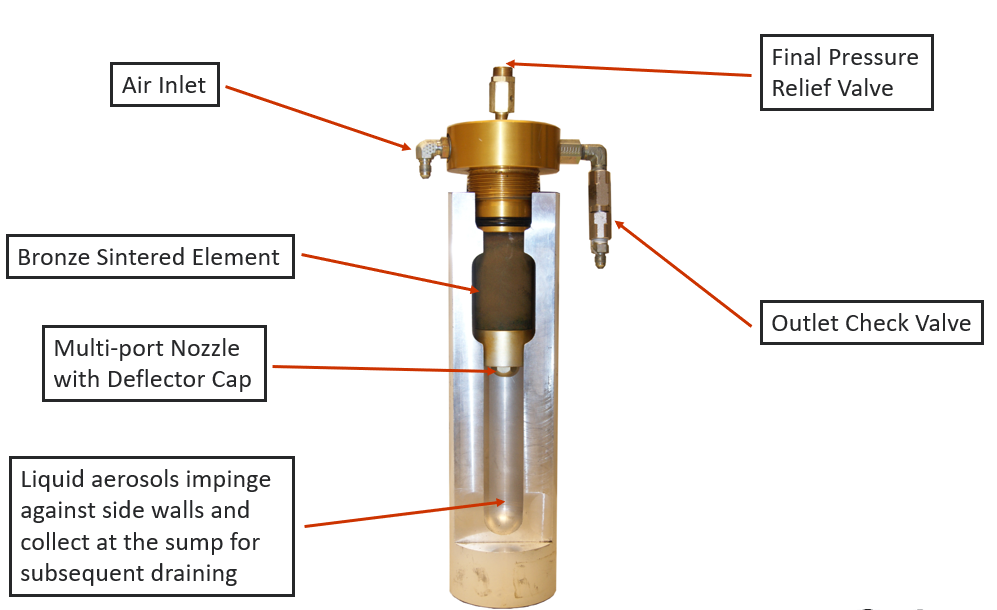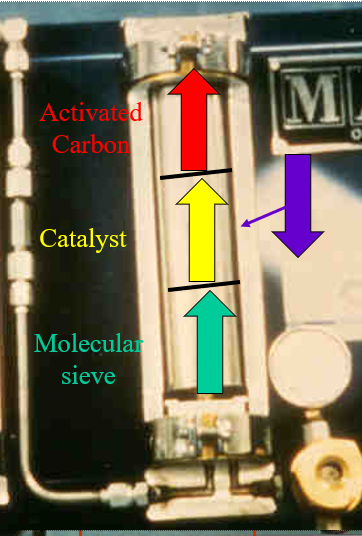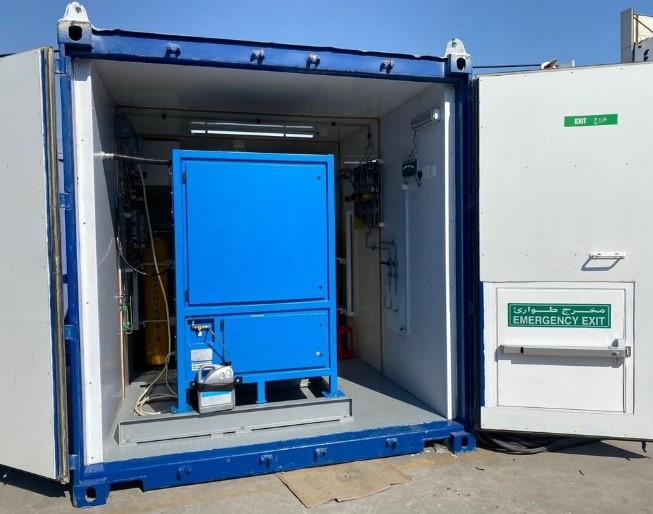Key Parameters For Breathing Air Quality
Breathing Air forms an important safety requirement and is often delivered by high pressure reciprocating compressors that are highly efficient in compressing air. Typically, the compressors used are either 3 or 4 stage units that can compress air from atmospheric (0 barg) up to 350 to 414 barg. A 4-stage unit is more efficient and reliable than 3-stages due to the lower interstage temperatures. Typically, the speed and power absorbed by the compressor dictate the charging rate and, in turn, the time to replenish a cylinder.
Breathing Air compressors are constructed to meet the Breathing Air requirements for continuously providing reliable breathing air quality, in line with CGA Grade D/E, NFPA (US) EN12021 (Europe), IS 15879: 2009 (India) or CSA Z1800.1-M85 (Canada) requirements.
Breathing Air Compressors should provide continuous breathing air to fill Self-Contained Breathing Apparatus (SCBA) air systems, Cylinder Cascade systems, Respiratory systems, or other protective equipment.
Typically, the air fed into SCBA cylinders is from Breathing Air compressors. However, just because the supply air is coming from an outdoor environment, it does not guarantee the desired quality.
Whatever air is drawn into the system will be compressed and delivered to the cylinders. Water and moisture are normally the biggest contaminant in ambient air, but oil, lubricants, solvents and other vapors can also be present from various external sources.
In order to minimize or eliminate these contaminants and achieve the desired breathing air quality, breathing air compressor packages are normally coupled with a Final Separator and Outlet Check Valve, Purification Chamber(s), and a Pressure Maintaining Valve (PMV). This can be seen in the MAKO Air Purification system found in Figure 1 below. Based on the specific flow requirements, the number of towers can be increased or decreased as needed.
Figure 1: Purification System

Final separator (Figure 2) acts as the first stage of the purification system which protects the purification system from oil vapors and moisture.
Typically, vapors get removed using adsorbents, absorbents and catalysts which convert Carbon Monoxide (CO) into Carbon Dioxide (CO2). Adsorbents attract substances onto their surfaces like a magnet, while absorbents attract substances into their pores like a sponge.
Purification Chamber (Figure 3) consists of a molecular sieve that adsorbs moisture, a catalyst layer that converts carbon monoxide into less dangerous carbon dioxide, and then charcoal that absorbs oil vapors and removes unwanted odors and tastes. The processing capability of the purification system is a function of the amount of desiccant in the filter cartridge(s).
The catalyst will only work when dry. Once it is wet it will no longer convert carbon monoxide to carbon dioxide.

Although the purification system eliminates moisture, hydrocarbons, and carbon monoxide, continuous monitoring is also required to ensure the resulting product is the right quality of breathable air. A few simple procedures can be incorporated into your jobsite setup that can increase the chances of delivering the desired compressed breathing air grade to your cascade system or SCBA cylinders. These include:

a. Selection / Placement of the compressor: General atmosphere is approximately 21% Oxygen. This falls in line with the required oxygen content for Grade D breathing air quality, for example. Unless we are in an oxygen deficient area, we can easily meet this criteria. Place your compressor in a well-ventilated area, ensuring the inlet is directed towards a fresh air source and away from any exhausts or other contaminants.
b. Ensure the compressor is correctly sized and well maintained (with periodic filter changes per OEM recommendations).
c. Ensure the Breathing Air Compressor system has a proper purification system fitted, like the one MAKO brand uses.
d. Monitor the air quality periodically for carbon monoxide. Regular testing of the air is critical for achieving the desired air quality.
